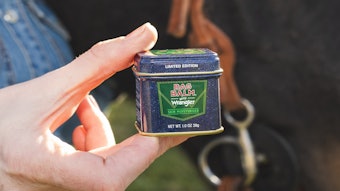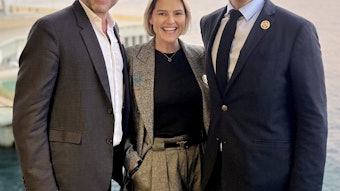Olay’s breakthrough study, Multi-Decade and Ethnicity (MDE), reveals biological commonalities among a subset of women who look exceptionally younger than their age. The study was led by Alexa Kimball, M.D., professor of dermatology at Harvard Medical School/Massachusetts General Hospital and other leading scientific and analytical research partners in fields including systems biology, skin biology, 3-D imaging and hormone mapping.
Initiated in 2012, the study combined genotypic and phenotypic science and found changes in specific gene expression that impact skin aging process during nearly every decade of a woman’s life—from their 20s to their 70s, and across Caucasian, African, Hispanic and Asian ethnicities. Olay partnered with 23andMe, a leading personal genetics company, to further understand the genes linked to skin aging and their biological variability across ethnicities.
Skin ‘Fingerprint’ Finding
Some 20,000 genes collected from the subset of Caucasian and African women subjects, all of whom had never undergone cosmetic procedures but aged without physically appearing older, were analyzed using advanced bioinformatics. The resulting data enabled Olay to identify a skin “fingerprint” of ~2,000 genes, relating to an “ageless” appearance.
These genes are responsible for a range of key biochemical pathways, including:
• cellular energy production,
• cell junction and adhesion processes,
• skin and moisture barrier formation,
• DNA repair and replication, and
• antioxidant production.
Based on environmental factors, lifestyle choices and skin care habits, the genes are more strongly impacted in “ageless” women.
“What’s exciting about these findings is the genes that make up the unique skin fingerprint of ‘exceptional skin agers’ may hold the key to successful aging,” said Rosemarie Osborne, Ph.D., Procter & Gamble beauty research fellow, in a press statement.
“Decoding which pathways they affect and why they are acting differently in these women—nature or nurture—can enable Olay researchers to help more women achieve skin that looks like the exception, not the rule, at any stage of life,” she added in the statement.
In relation, research conducted in vitro confirmed key ingredients to address skin aging. These are formulated in Olay’s top-performing ingredients and include:
• Niacinamide (vitamin B3),
• Pal-KTTKS (peptide),
• Olivem and
• Lyslastine.
Age Transformations Identified
A second take-away was observed based on the subset of data from only the Caucasian women. During each decade, as women age, specific transformations occur, a follows.
• 20s = a decline in antioxidant response;
• 30s = a decline in skin bioenergy;
• 40s = an increase in cellular senescence;
• 50s = a decline in skin barrier function; and
• 60s = the acceleration of all the above.
Future Plans
With the collaboration of 23andMe, Olay has been able to examine the ethnic ancestry profiles of all MDE participants to add to the study. It will continue to collect and analyze samples from Asian and Hispanic women ranging from their 20s to 70s, to broaden the study’s findings.
These research results, which position Olay as a leader in skin biology research, may lead to new skin care products.










